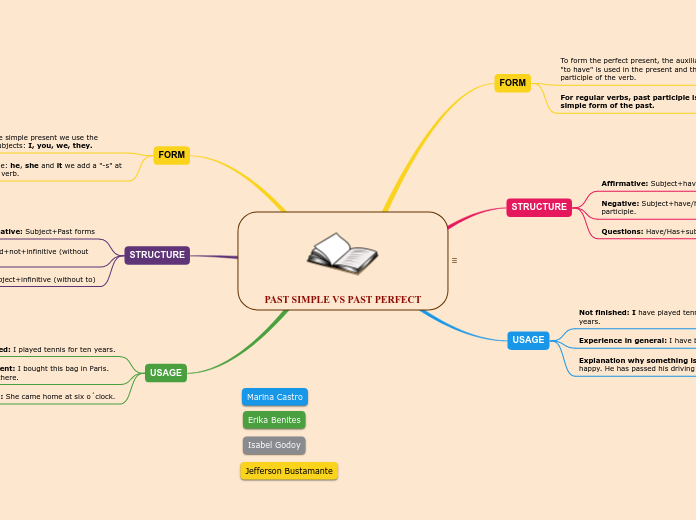por Isabel Godoy 4 anos atrás
861
PAST SIMPLE VS PAST PERFECT
The text discusses the differences between the past simple and the past perfect tenses in English. It covers their specific usages, forms, and structures. For general experiences, the past perfect is used (









